Home>Furniture>Bedroom Furniture>How Long Should A Bed Frame Last


Bedroom Furniture
How Long Should A Bed Frame Last
Modified: January 9, 2024
Discover how long a bed frame should last and ensure your bedroom furniture stands the test of time with our expert tips and maintenance advice.
(Many of the links in this article redirect to a specific reviewed product. Your purchase of these products through affiliate links helps to generate commission for Storables.com, at no extra cost. Learn more)
Introduction
Choosing the right bed frame is essential for creating a comfortable and stylish bedroom. However, it’s not just about the aesthetics; durability is also a crucial factor to consider. No one wants a bed frame that starts to creak or sag after just a few years. So, how long should a bed frame last?
The lifespan of a bed frame can vary depending on several factors, including the material it’s made of, the quality of craftsmanship, and how well it’s maintained. In this article, we’ll delve into these factors, discuss the different types of bed frame materials and their durability, explore common signs of wear and tear, and provide tips on how to maintain and extend the lifespan of your bed frame.
So, whether you’re in the market for a new bed frame or looking to extend the life of your current one, keep reading to learn everything you need to know about the lifespan of bed frames.
Key Takeaways:
- Choose sturdy materials like solid wood or metal for a durable bed frame. Regular maintenance and timely repairs can extend its lifespan, providing a comfortable and supportive sleep environment for years.
- Recognize signs of wear and tear, such as squeaking or sagging, to know when to repair or replace your bed frame. Consider lifestyle changes and outdated style as indicators for replacement.
Read more: How Long Should A Recliner Last
Factors Affecting the Lifespan of a Bed Frame
The lifespan of a bed frame is influenced by several key factors. Let’s explore these factors in detail:
- Material Quality: The quality of the materials used to construct the bed frame plays a significant role in determining its lifespan. Sturdy materials, such as solid wood, metal, or high-quality composite materials, are generally more durable and can withstand the test of time better than cheap or flimsy materials.
- Craftsmanship: The level of craftsmanship in building the bed frame is another important factor. A well-constructed bed frame with strong joints and solid connections will have a longer lifespan compared to a poorly constructed one. Look for bed frames that have reinforced corners, sturdy brackets, and solid welds for maximum durability.
- Weight and Usage: The weight the bed frame needs to support and the frequency of use are also significant factors. If the bed frame frequently supports a heavier weight or experiences rough usage, it can put stress on the frame, leading to a shorter lifespan. Consider factors like the weight of the mattress, the number of occupants, and any additional weight, such as pets or children jumping on the bed.
- Environmental Conditions: The environment the bed frame is placed in can affect its lifespan. Extreme temperature fluctuations, excessive humidity, or exposure to sunlight can all cause materials to deteriorate more quickly. Additionally, if the bed frame is in a bedroom with poor ventilation that leads to high moisture levels or a higher chance of pests, it can impact the frame’s durability.
- Maintenance: Proper maintenance can significantly extend the lifespan of a bed frame. Regular cleaning of the frame to remove dust and debris, tightening loose screws, and lubricating any moving parts are essential. Additionally, using a mattress protector can help prevent spills and stains that could damage the frame’s surface.
By considering these factors, you can make a more informed decision when choosing a bed frame and ensure that it lasts for many years to come.
Material Types and Their Durability
The choice of material for a bed frame has a significant impact on its durability. Let’s examine some common bed frame materials and their respective levels of durability:
- Solid Wood: Bed frames made from solid wood, such as oak, maple, or walnut, are renowned for their durability. Wood is a sturdy material that can withstand regular use and weight without warping or sagging. However, it’s important to note that the type of wood and the quality of construction can affect the overall lifespan of a wooden bed frame.
- Metal: Metal bed frames, typically made from steel or iron, are highly durable and offer excellent support. They are resistant to warping or cracking and can handle heavier weight capacities. Metal frames are often a popular choice for those seeking a long-lasting and sturdy bed frame.
- Upholstered: Upholstered bed frames feature a fabric or leather covering over a solid frame. The durability of an upholstered bed frame can vary depending on the quality of the upholstery material and the overall construction. Ensure that the upholstery is made of durable and wear-resistant fabric to maximize the lifespan of the bed frame.
- Composite Materials: Composite materials like particleboard or medium-density fiberboard (MDF) are commonly used in budget-friendly bed frames. While these materials can offer affordability, they may not be as durable as solid wood or metal. They are more susceptible to moisture damage and can warp or break under heavy weight over time.
- Wrought Iron: Wrought iron bed frames are known for their elegance and durability. They are incredibly sturdy and can withstand years of use without losing their structural integrity. Wrought iron frames are often seen as timeless pieces of furniture that can be passed down through generations.
Ultimately, when choosing a bed frame material, it’s essential to balance your desired level of durability, aesthetic preferences, and budget constraints. Investing in a high-quality, well-constructed bed frame can provide you with years of comfortable and reliable support.
Common Signs of Wear and Tear
Over time, even the most durable bed frames may show signs of wear and tear. Recognizing these signs can help you identify when it’s time to repair or replace your bed frame. Here are some common indications of wear and tear to look out for:
- Squeaking or Creaking: If you notice that your bed frame starts making noise when you move or shift positions, it may indicate worn-out joints or loose screws. Squeaking or creaking sounds could be a sign that the frame’s structural integrity has been compromised.
- Sagging or Warping: A significant sign of wear and tear is when your bed frame begins to sag or warp. This can happen due to excessive weight, poor quality materials, or a lack of proper support. A sagging or warped bed frame can lead to discomfort and affect the quality of your sleep.
- Cracks or Breaks: If you notice visible cracks or breaks in the frame, it’s a clear sign of structural damage. These fractures can weaken the overall stability of the bed frame and compromise its ability to support weight efficiently. It’s crucial to address these issues promptly to prevent further damage.
- Difficulty in Assembling or Disassembling: If you find it increasingly challenging to assemble or disassemble your bed frame, it may indicate that the components have become worn or damaged over time. Struggling with the assembly process can lead to additional wear on the frame and potentially cause further damage.
- Uneven Support: When your bed frame no longer offers even support to your mattress, it can result in discomfort and affect your sleep quality. Uneven support often manifests as a noticeable dip or depression in the middle or other areas of the bed frame.
If you observe any of these signs of wear and tear, it’s important to address them promptly. Depending on the severity of the damage, you may need to either repair the bed frame or consider investing in a new one.
Regular inspection of your bed frame and proactive maintenance can help identify signs of wear and tear early on, allowing you to take necessary actions to prolong its lifespan.
A high-quality bed frame should last at least 10-15 years with proper care and maintenance. Look for sturdy materials like hardwood or metal for longevity. Regularly check for any signs of wear and tear to address any issues early on.
Maintaining and Extending the Lifespan of a Bed Frame
Proper maintenance is key to preserving the longevity of your bed frame. By following these tips, you can maintain and extend the lifespan of your bed frame:
- Regular Cleaning: Dust and debris can accumulate on your bed frame over time, so it’s important to regularly clean it. Use a soft cloth or vacuum to remove any dust, and pay special attention to the corners and crevices where dirt can accumulate.
- Tighten Loose Screws and Bolts: Check and tighten any loose screws or bolts on your bed frame. Over time, these may become loose due to regular use. Ensure that all connections are secure to maintain the stability and integrity of the frame.
- Protect from Moisture: Moisture can deteriorate the materials of your bed frame, so it’s important to protect it from excessive moisture. Avoid placing the bed frame near windows or areas prone to leaks. Use a dehumidifier if your bedroom tends to have high humidity levels.
- Use a Mattress Protector: Invest in a high-quality mattress protector to safeguard your bed frame from spills, stains, and body oils. A mattress protector also helps to reduce the accumulation of dust mites and allergens, providing a cleaner and healthier environment for your bed frame.
- Avoid Excessive Weight: Overloading your bed frame with excessive weight can strain the frame and cause it to weaken over time. Follow the weight guidelines provided by the manufacturer and consider the weight of the mattress, bedding, and occupants to ensure optimal support and longevity.
- Avoid Jumping on the Bed: Discourage jumping or bouncing on the bed, especially for children or pets. Such activities exert excessive force on the frame and may lead to premature wear and tear.
- Inspect and Repair: Regularly inspect your bed frame for any signs of wear and tear. If you notice any cracks, breaks, or other issues, address them promptly. Depending on the severity of the damage, you may be able to repair the frame yourself or seek professional assistance.
By following these maintenance practices, you can significantly prolong the lifespan of your bed frame and ensure that it continues to provide a comfortable and supportive sleep environment for years to come.
Read more: How Long Should Pillows Last
When to Replace a Bed Frame
While maintenance and proper care can extend the lifespan of a bed frame, there may come a time when it’s necessary to replace it. Here are some indicators that it may be time to invest in a new bed frame:
- Severe Structural Damage: If your bed frame exhibits significant structural damage, such as multiple cracks, breaks, or excessive warping, it’s a clear indication that it has reached the end of its lifespan. Continuing to use a severely damaged bed frame can compromise your safety and comfort.
- Unreliable Support: As a bed frame ages, it may lose its ability to provide adequate support. If you start noticing significant sagging, uneven support, or a feeling of instability when lying on the bed, it may be time to consider a replacement. An unsupportive bed frame can lead to discomfort, restless sleep, and potential health issues.
- Frequent Repairs: If you find yourself constantly repairing your bed frame, it may be more cost-effective to replace it instead. Continuous maintenance and repairs can become a hassle and can add up in terms of time, effort, and expenses. Investing in a new bed frame can provide a fresh start without the worry of recurring repairs.
- Outdated Style or Design: While this factor may be subjective, if your current bed frame no longer matches your aesthetic preferences or the overall style of your bedroom, it might be a good time to upgrade. Bed frames are not just functional; they also contribute to the visual appeal of your bedroom. A new bed frame can breathe new life into your space and create a fresh and inviting atmosphere.
- Changing Lifestyle Needs: If your lifestyle has undergone changes, such as moving to a different residence or accommodating different sleep needs, it might be necessary to replace your bed frame. For example, if you require a larger or smaller bed, a different style, or specific features like adjustable positions, it’s worth considering a new bed frame that can accommodate these changes.
Ultimately, the decision to replace a bed frame is influenced by a combination of factors, including its overall condition, functionality, and your personal preferences. Being aware of these signs and regularly evaluating the condition of your bed frame will help you make an informed decision and ensure a comfortable and supportive sleep environment.
Conclusion
Choosing a bed frame that offers both durability and style is essential for creating a comfortable and inviting bedroom. Understanding the factors that affect the lifespan of a bed frame can help you make an informed decision and ensure that your investment lasts for years to come.
The material type and quality, craftsmanship, weight and usage, environmental conditions, and maintenance all play a role in determining how long a bed frame will last. By opting for sturdy materials like solid wood or metal, ensuring proper maintenance, and considering factors like weight capacity and environmental conditions, you can extend the lifespan of your bed frame.
Being aware of common signs of wear and tear, such as squeaking, sagging, or cracks, is essential for identifying when to repair or replace your bed frame. Regular inspection and timely repairs can prevent further damage and extend the longevity of your bed frame.
However, there may come a time when replacing your bed frame is the best course of action. Severe structural damage, unreliable support, frequent repairs, outdated style, and changing lifestyle needs are all indicators that it’s time to invest in a new bed frame.
In summary, selecting a durable bed frame, performing regular maintenance, and addressing signs of wear and tear can help you enjoy a comfortable and supportive sleep environment for many years. By understanding the lifespan of a bed frame and considering these factors, you can make a smart decision when choosing a bed frame that meets your needs and preferences.
So, whether you’re searching for a new bed frame or looking to extend the lifespan of your current one, remember to prioritize quality, maintenance, and personal preferences to create a bedroom that is not only stylish but also built to last.
Frequently Asked Questions about How Long Should A Bed Frame Last
Was this page helpful?
At Storables.com, we guarantee accurate and reliable information. Our content, validated by Expert Board Contributors, is crafted following stringent Editorial Policies. We're committed to providing you with well-researched, expert-backed insights for all your informational needs.

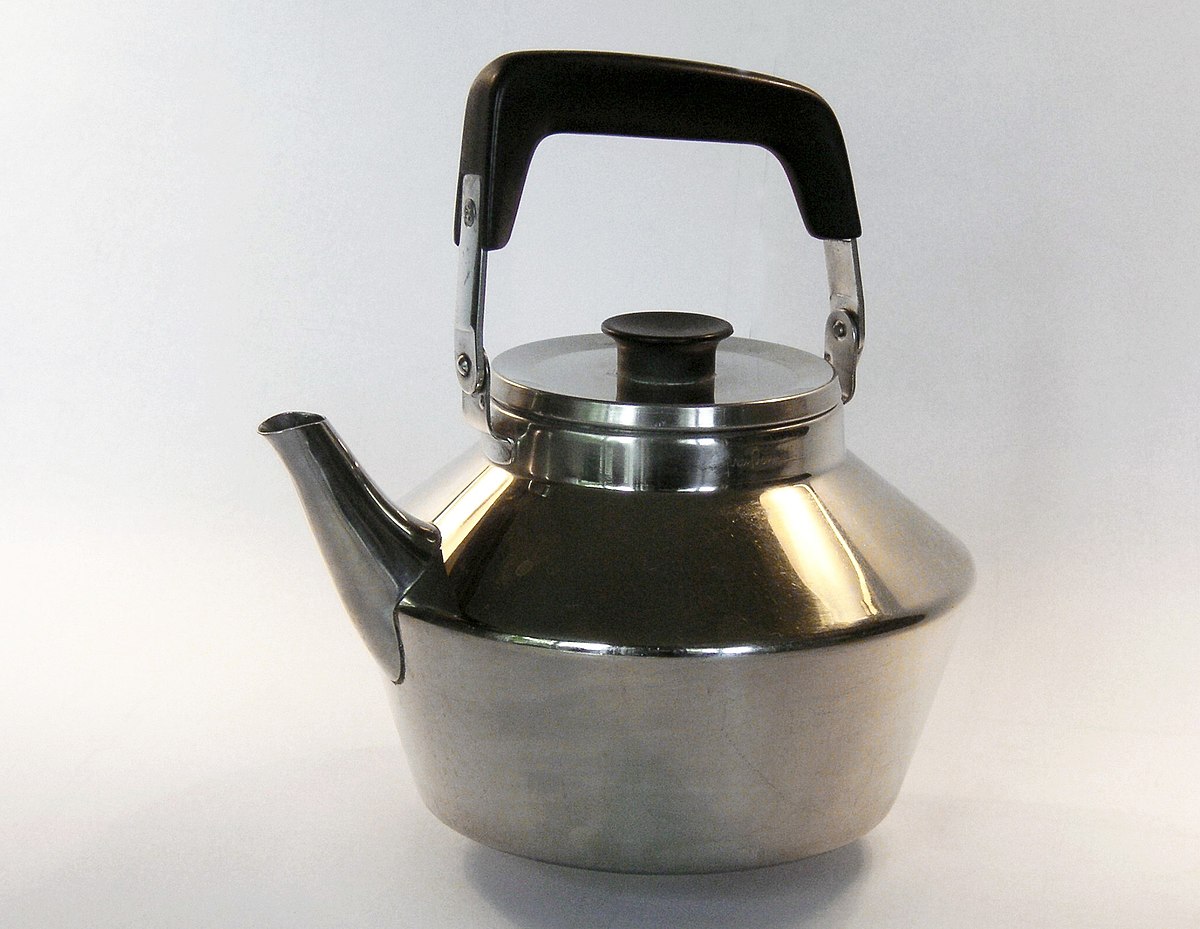
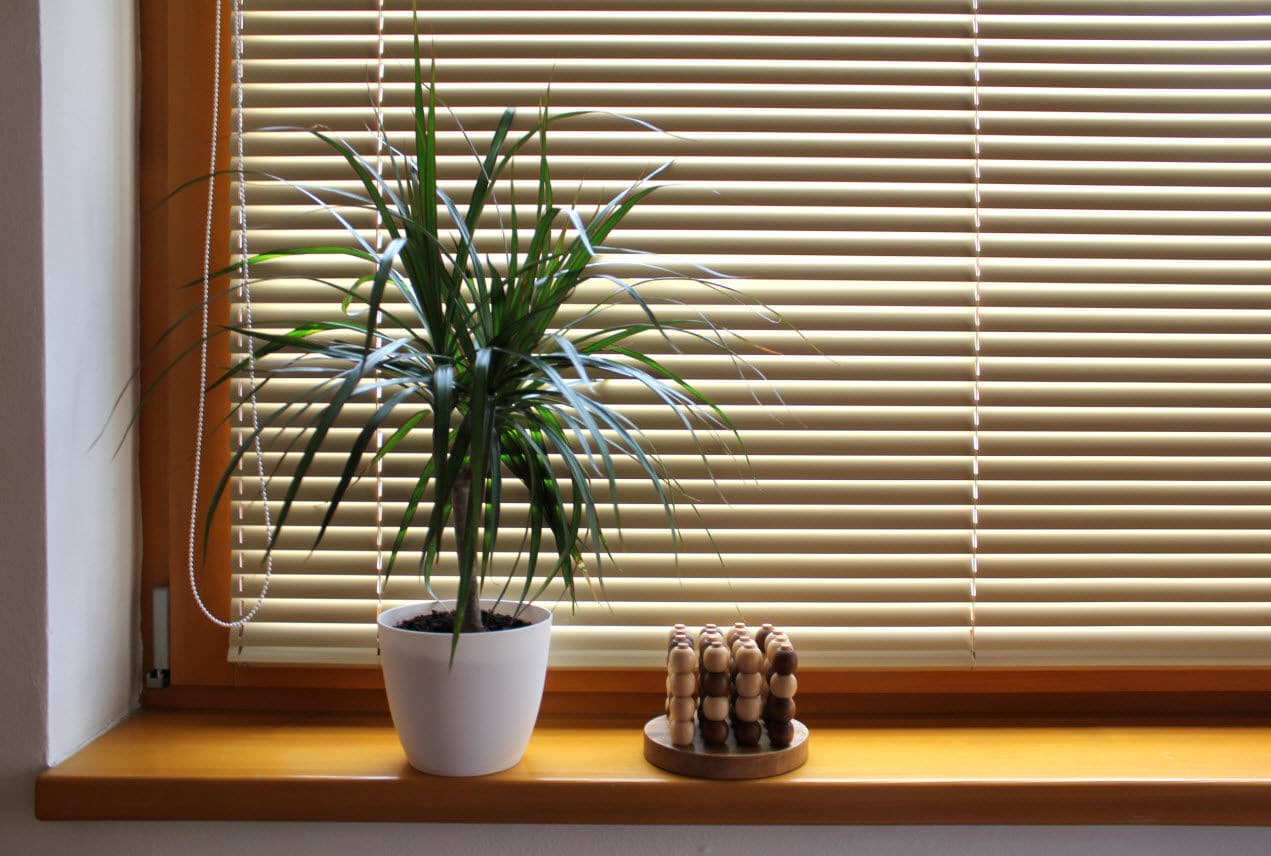




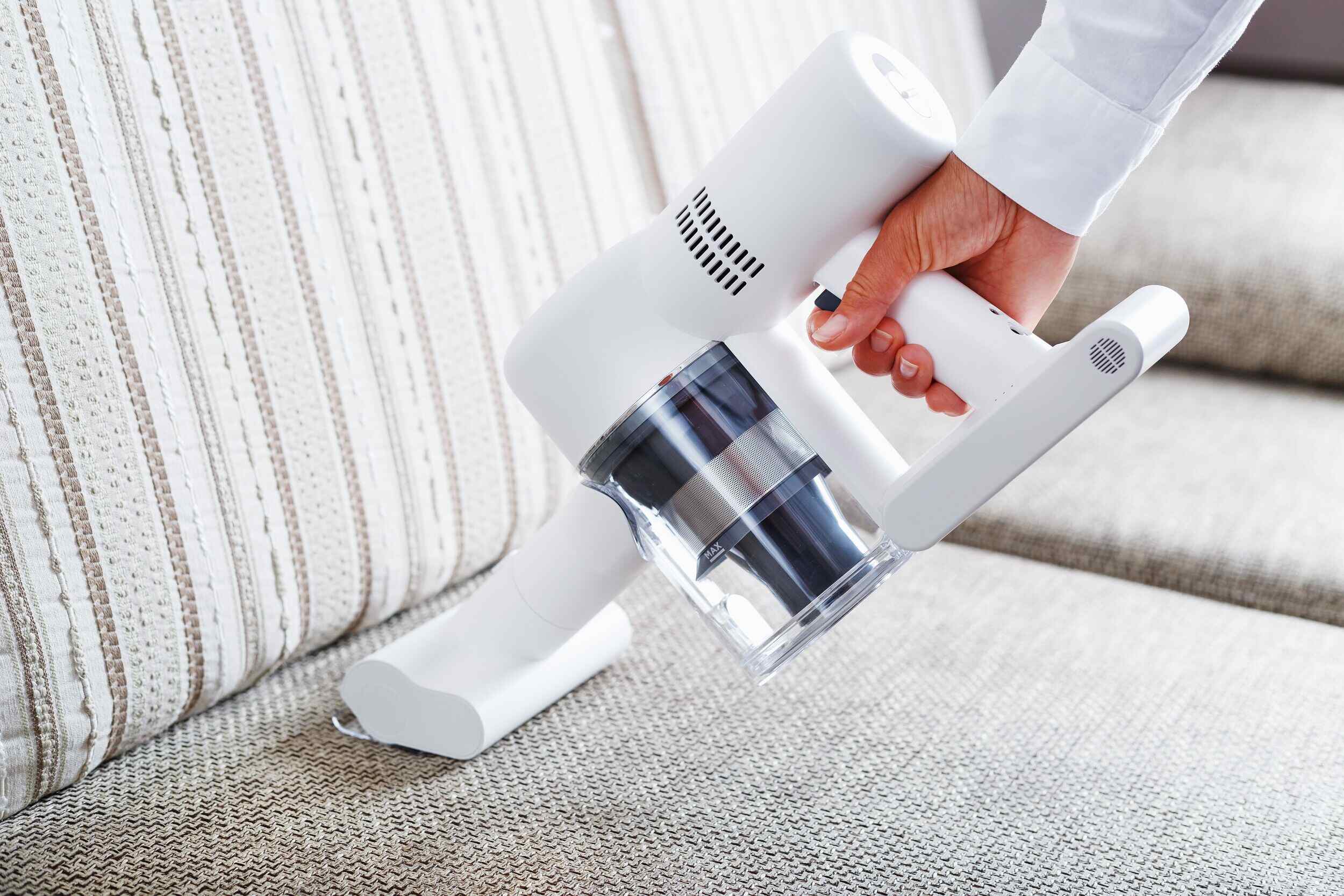

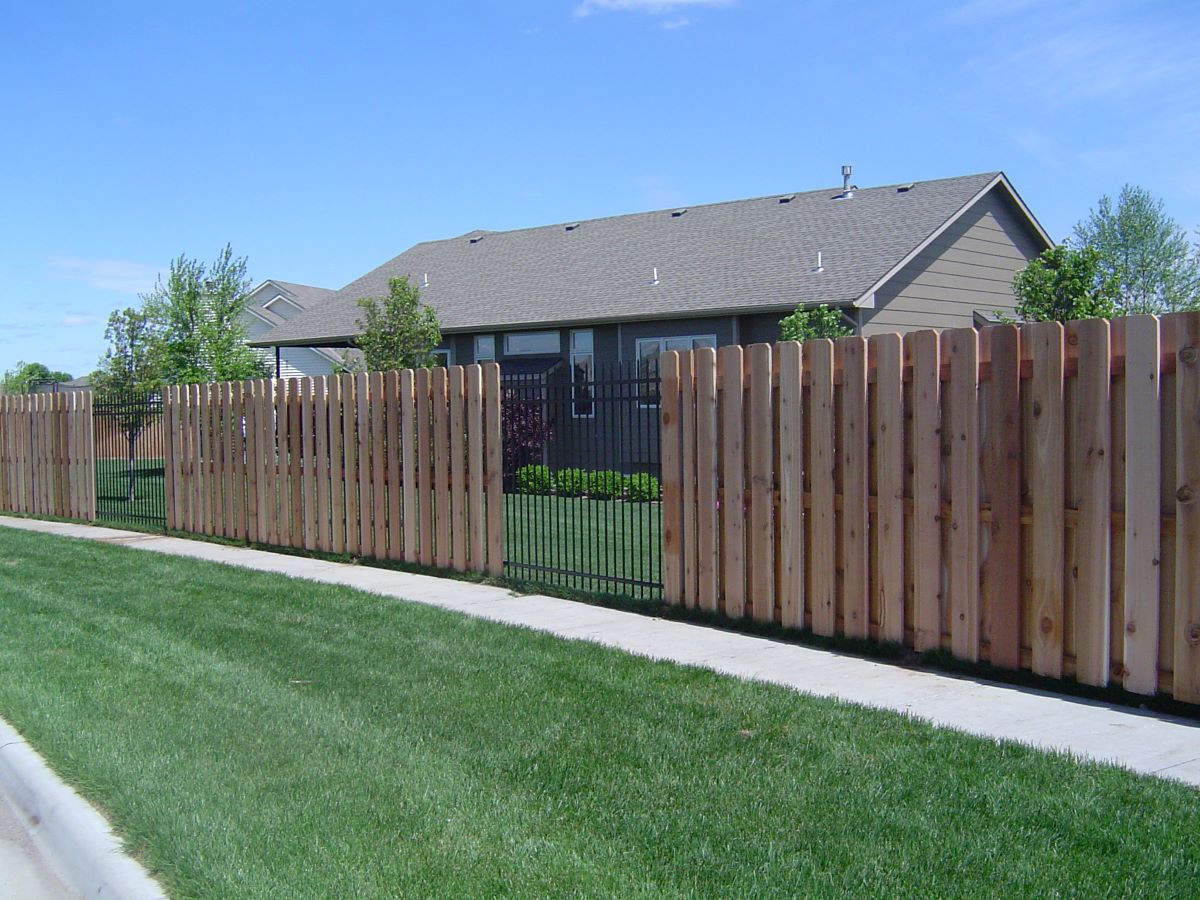
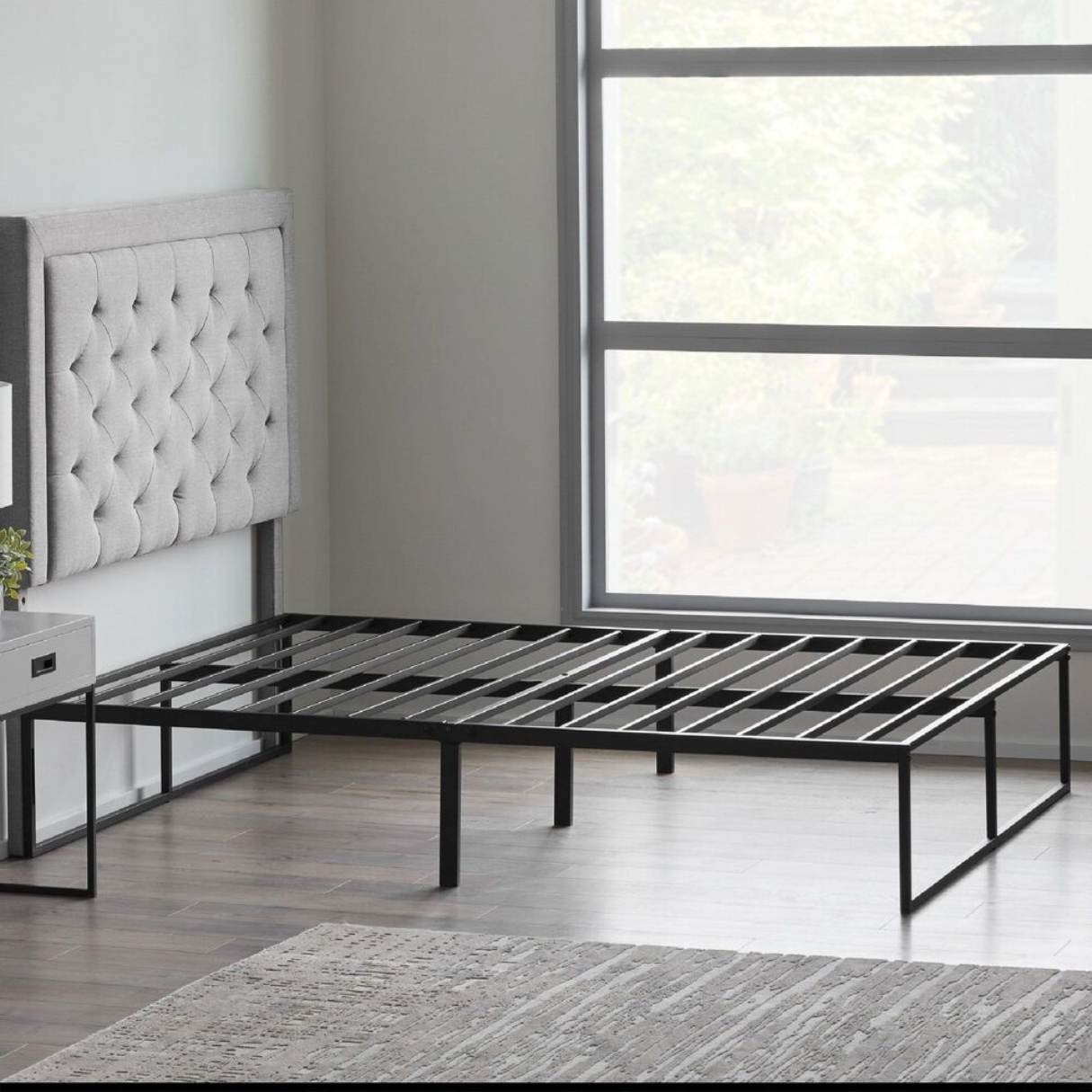

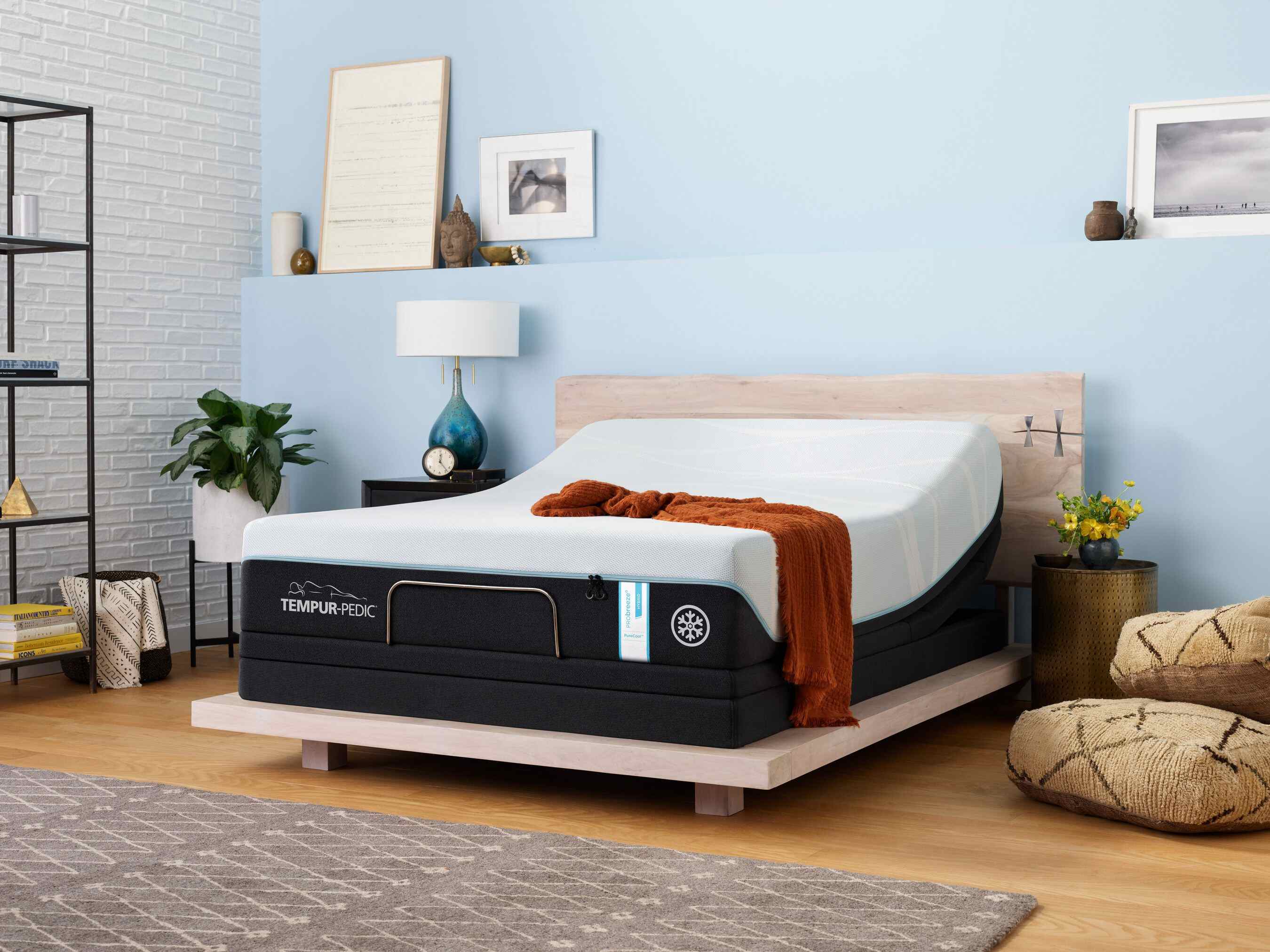


0 thoughts on “How Long Should A Bed Frame Last”